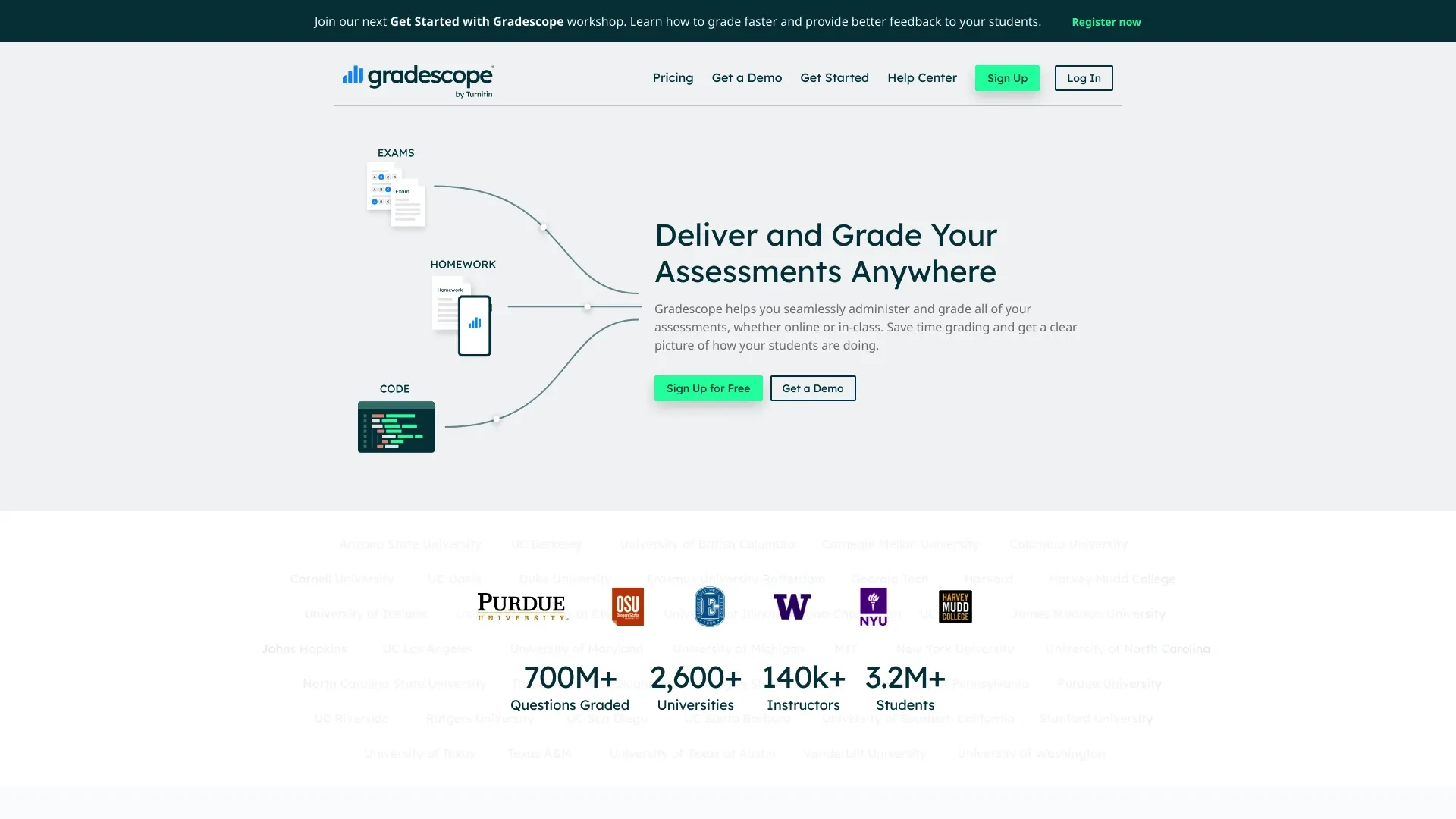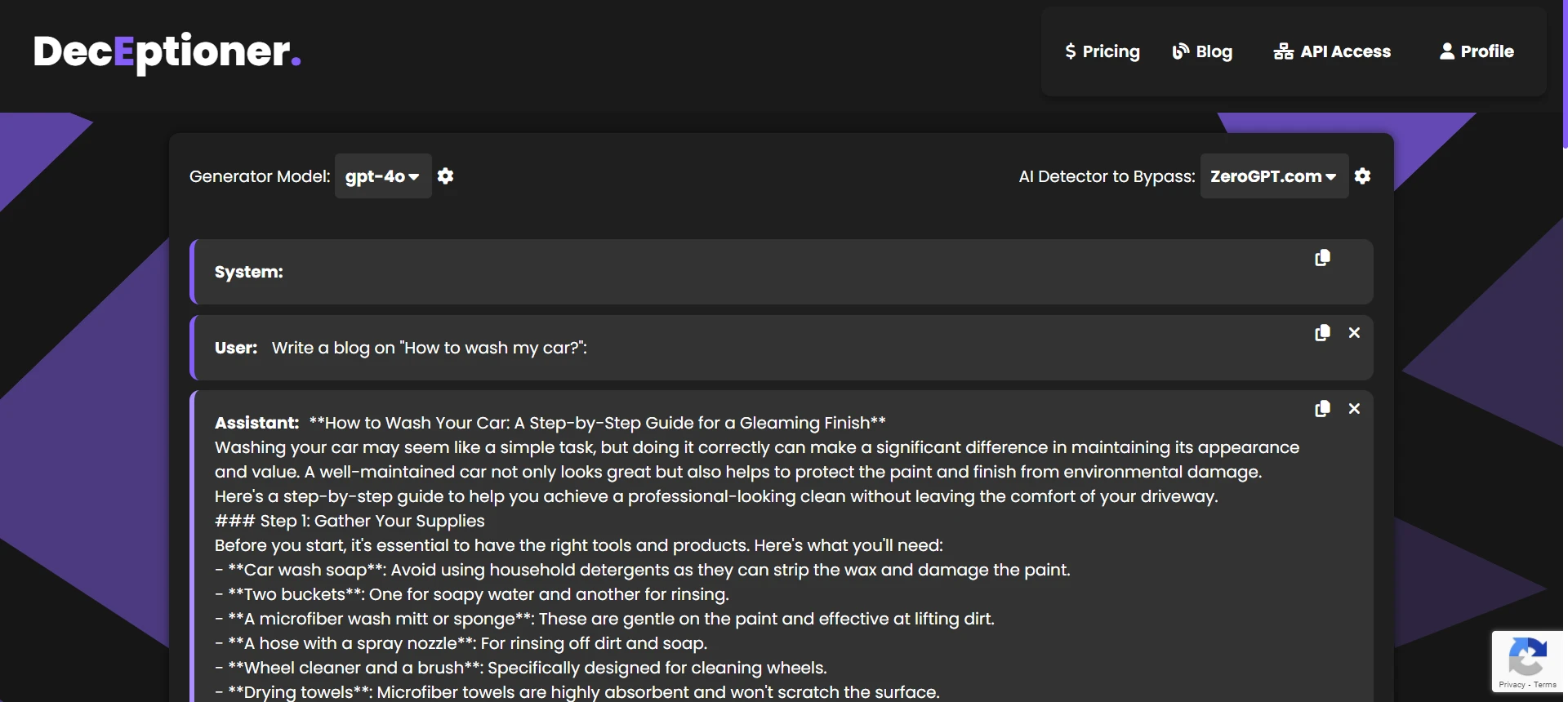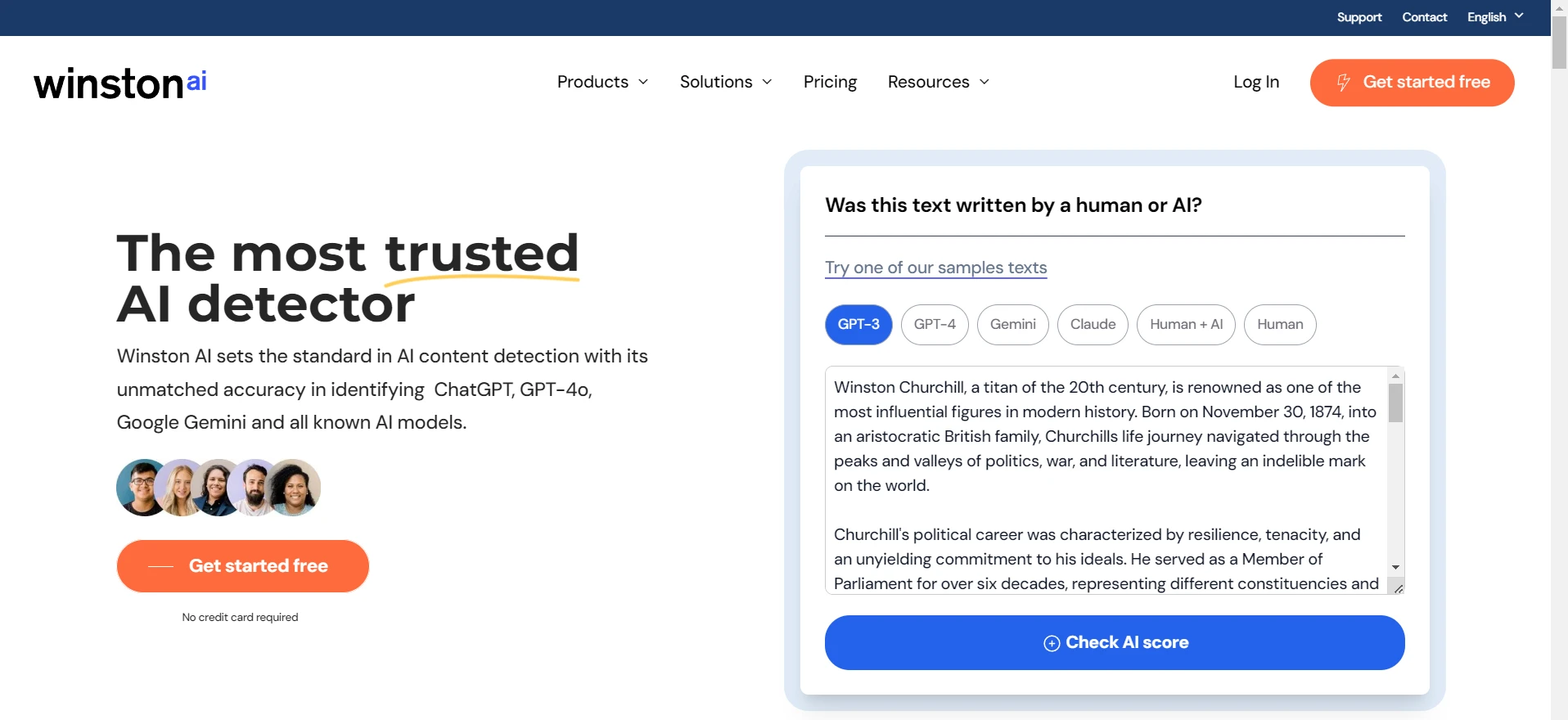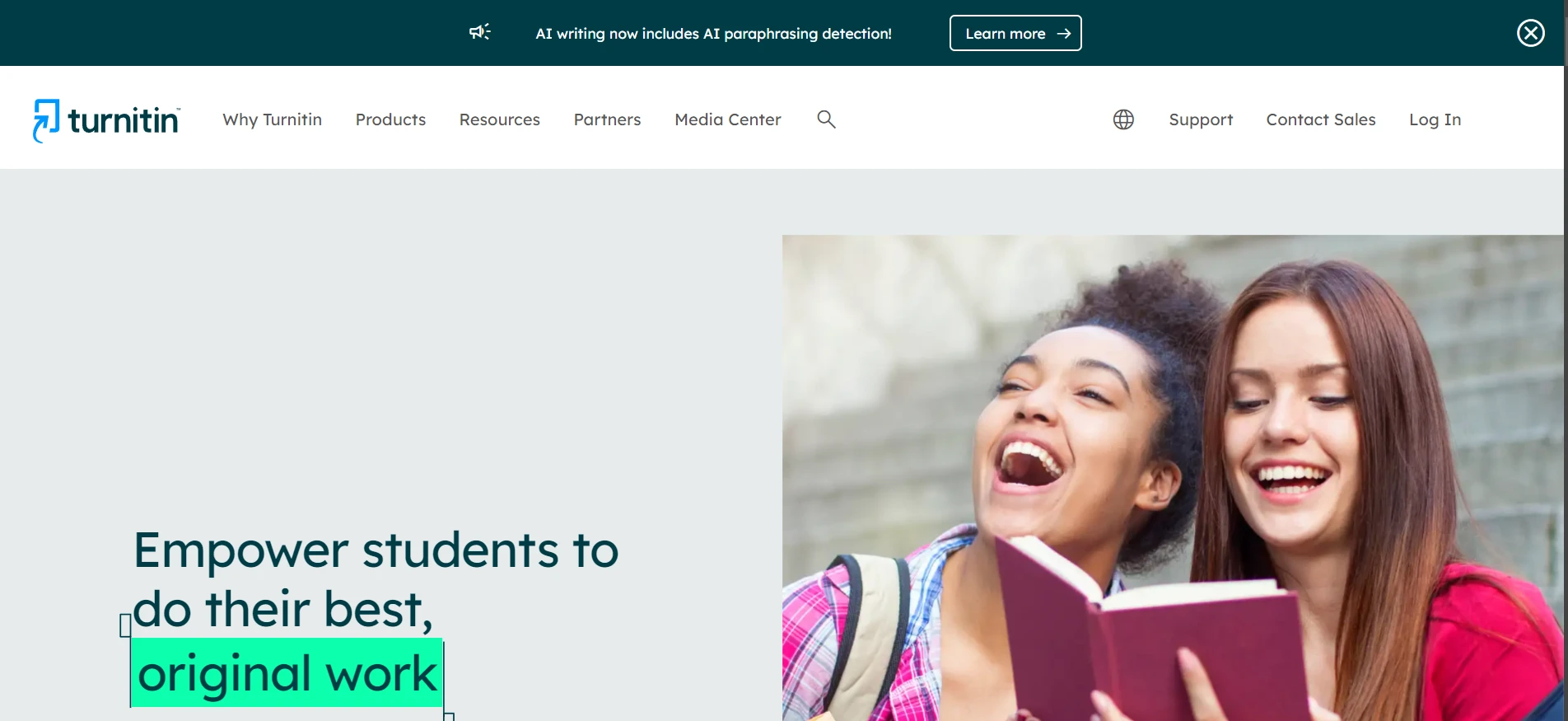As we all know it Gradescope is not really an anti-cheating tool. It is primarily a platform that helps instructors streamline grading and give better feedback to students. However, does this mean that it is completely useless when it comes to detecting cheating? The short answer is no, but the details matter. Keep reading to know more about it.
Why Gradescope is not a dedicated anti-cheating system?

The simple answer is that Gradescope is not specifically made to catch cheaters. If you look at their website or marketing materials, you will see that their main selling point is to simplify grading, use AI to group student answers, and reduce instructor workload. Hence, if it is not made to accomplish this task it won't be able to do it fully.
Although it is not built from the ground up as an anti-cheating software, Gradescope does have some features that help maintain academic integrity. Let’s take a closer look at these features:
1. Integration with external plagiarism detection
Gradescope integrates with external plagiarism detection tools. This means that if a student blatantly copies something from the internet or rehashes someone else’s work, these plagiarism checkers will flag it. But keep in mind that these integrations are only as effective as the tool you choose.
2. Similarity detection using machine learning
They have a built-in similarity detection feature which uses machine learning algorithms to compare student submissions. This can help spot unexpected resemblance among students’ answers. It's quite useful to catch large-scale copying or suspiciously consistent solutions in big classes.
3. Manual review by instructors
Gradescope never advertises that it is an automated cheating detector. The platform strongly relies on instructors manually reviewing the data. Instructors compare writing styles, answers, and how students approach problems. Ultimately, it is human intervention that ensures suspicious activity can be flagged properly.
4. Audit trails
Gradescope keeps track of when students open their assignments, when they submit, and other related logs. If someone uploads last-minute answers at a suspicious time, it might ring alarm bells for the instructor.
5. External proctoring solutions
Some universities do combine Gradescope with external proctoring services. They can record a student’s screen or even turn on their webcam during online exams. It is basically an add-on approach. Gradescope alone won’t monitor your environment, so external proctoring is a way to fill that gap.
6. Code similarity for programming courses
Gradescope’s Code Similarity feature focuses on programming submissions. It does well in pointing out parts of code that are too similar among different students. Code that is obviously copied or only slightly modified can get flagged. This helps instructors quickly see who might be doing unauthorized collaboration or just flat-out copy-pasting someone else’s work.
7. Maintaining academic integrity indirectly
The reason instructors still prefer Gradescope is that it centralizes grading and feedback. When used together with established academic policies, it can help discourage cheating. Students know that the system can do various automated checks, so they might think twice before trying something sneaky.
Frequently Asked Questions
Q1. Does Gradescope automatically catch cheating?
No, it does not automatically catch cheating. It streamlines grading, offers similarity checks, and integrates with plagiarism tools, but actual detection requires instructor intervention.
Q2. Does Gradescope track what time you submit?
Yes, it does maintain an audit trail which records when you open and submit assignments. This does not directly prove cheating, but it can be used to spot suspicious behavior.
Q3. Can Gradescope check for plagiarism?
Gradescope itself is not a plagiarism checker, but when integrated with external plagiarism detection tools, it can help identify copied content. However, it’s up to your institution or instructor to set it up.
Q4. Can Gradescope detect cheating on programming assignments?
Yes, primarily through its Code Similarity feature. It can highlight portions of code that appears similar between submissions. But instructors still need to investigate further before drawing any conclusions.
Q5. Is Gradescope a replacement for external proctoring?
No, it is not. Some institutions do pair it with proctoring solutions like webcam monitoring or screen recording. Gradescope alone can’t see your screen or monitor your environment during tests.
The Bottom Line
Gradescope is a fantastic platform for reducing the tedium of manual grading and providing quick feedback. However, it is not meant to be a silver bullet for cheating. At best, the platform’s features—like similarity detection, integration with plagiarism checkers, audit trails, and code comparison—aid in maintaining academic integrity. Yet, nothing beats careful human oversight. If you or your institution is serious about preventing cheating, you would need to use Gradescope alongside other tools and strategies, and ensure that instructors or TAs actively monitor the submissions.


![[G0] Can GPTZero Humanize AI Text?](/static/images/can-gptzero-humanize-ai-textpng.webp)
![[HOT TAKE] Why is ZeroGPT so bad?](/static/images/why-is-zerogpt-so-badpng.webp)
![[DIRECT] Best Affordable AI Humanizers (That Still Work in 2025)](/static/images/best-affordable-ai-humanizerspng.webp)
![[HOT] Can You Compare ZeroGPT With Other Top Tools?](/static/images/can-you-compare-zerogpt-with-other-top-toolspng.webp)





